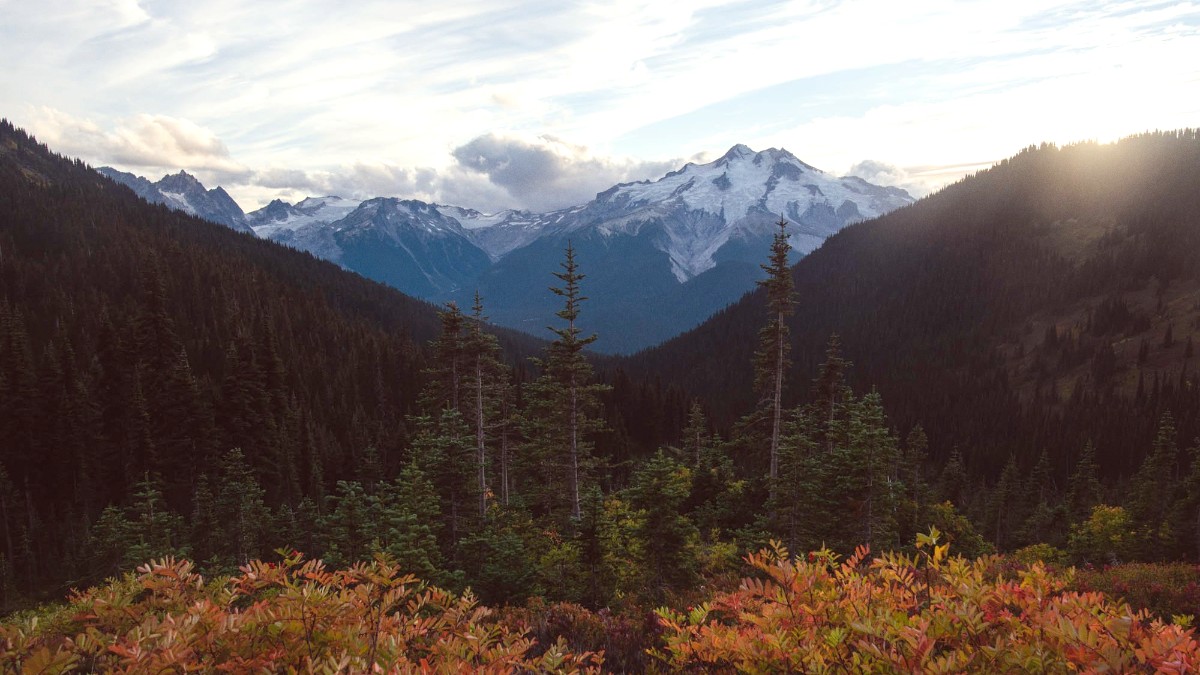
Pacific Northwest, USA
Download content for Olympic National Park for offline use, including maps and alerts.
Use for hiking trail maps and information; AllTrails Pro offers offline map downloads.
Download offline maps for navigation in areas without cell service.
NOAA Weather or MyRadar provide accurate, localized forecasts for variable microclimates.
Obtain one for coastal exploration to avoid being trapped by incoming tides.
Visit www.nps.gov/olym for official park information, alerts, conditions, and permits.
Use this site for booking park campgrounds and wilderness permits.
Check www.wsdot.wa.gov/ferries for schedules, fares, and real-time boat locations.
Visit www.cohoferry.com for Port Angeles to Victoria, British Columbia ferry schedules and bookings.
Find broader regional tourism information, including lodging and activities outside the park.
Obtain the National Geographic Trails Illustrated Map for navigation in the backcountry. Consider Hiking Olympic National Park by Robert Wood for detailed trail descriptions, or Falcon Guides Best Easy Day Hikes Olympic National Park for less strenuous options.
Read Rain Forests of the Olympic Mountains by Robert Steelquist for insights into the natural history, or The Living Rain Forest by Ruth Kirk for ecology focus. The Twilight series by Stephenie Meyer, set in Forks, WA, attracts many visitors.
Free local newspapers or tourism guides in Port Angeles or Forks often contain event listings, restaurant information, and local advertisements. Pick these up at visitor centers or hotel lobbies.
Ensure all windows and doors are locked before you leave. Consider setting up a security system or informing a trusted neighbor of your absence.
Arrange for mail to be held by the post office or picked up by a friend. Organize pet care well in advance if you have animals.
Water your plants before leaving. Confirm all unnecessary appliances are turned off or unplugged to save energy and for safety.
For a lost passport, contact your country's embassy or consulate immediately. For a lost driver's license, reach out to your state's Department of Motor Vehicles (DMV) or equivalent agency.
Inform someone of your itinerary, especially for backcountry trips.
Bring a satellite messenger if venturing into areas without cell service.
Stick to well-trafficked trails if alone, especially in remote sections.
Consider staying in hostels in Port Angeles for social opportunities.
Participate in ranger-led programs to meet others with similar interests.
Join guided tours to connect with other travelers and explore together.
Book accommodations and activities well in advance, as securing group bookings can be more challenging. Designate a lead person to coordinate for shared experiences.
Refer to park resources for detailed accessibility information regarding trails, facilities, and services. Prioritize checking the NPS website for current accessible offerings.
Familiarize yourself with the park's ecosystems and challenges. Understand and commit to the Leave No Trace principles before your journey begins.
Olympic National Park is vast. Driving between sections can take 2-3 hours or more. Plan realistic itineraries that account for travel time between different park areas.